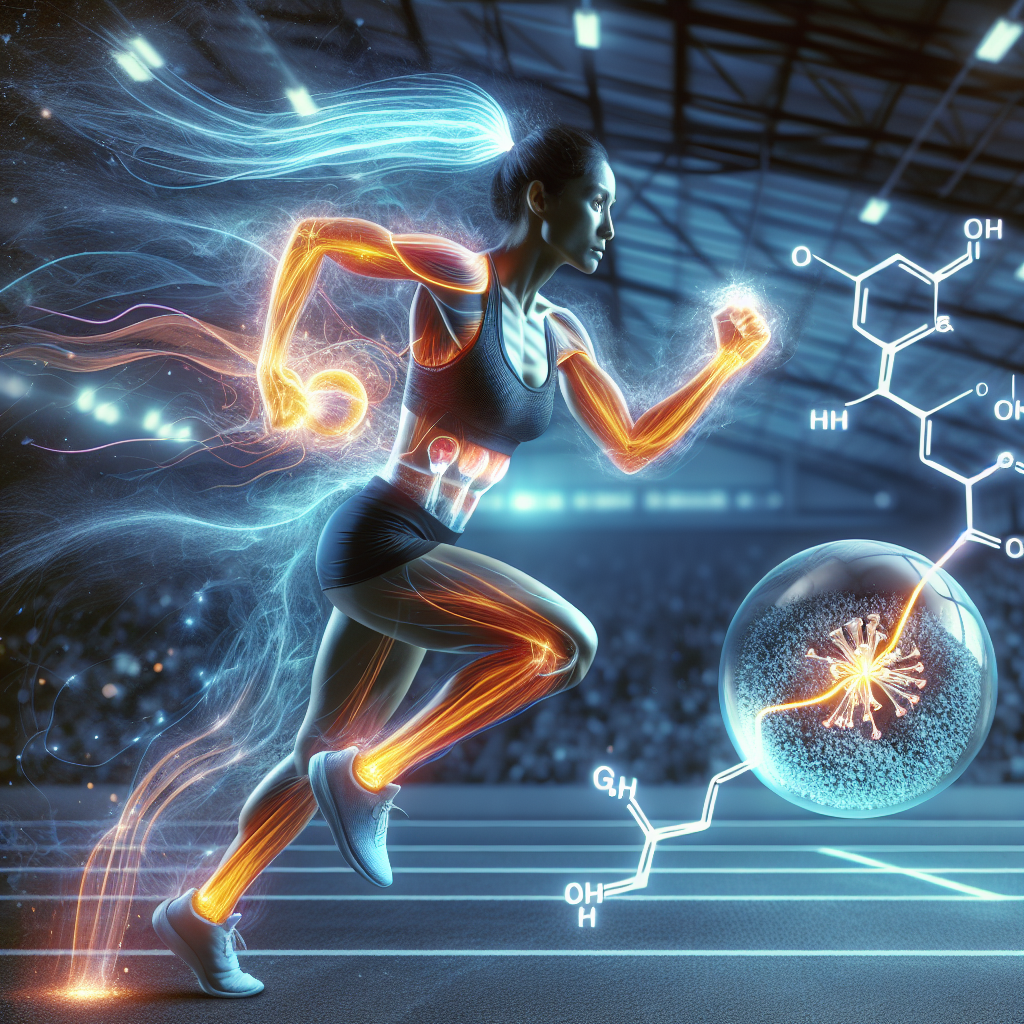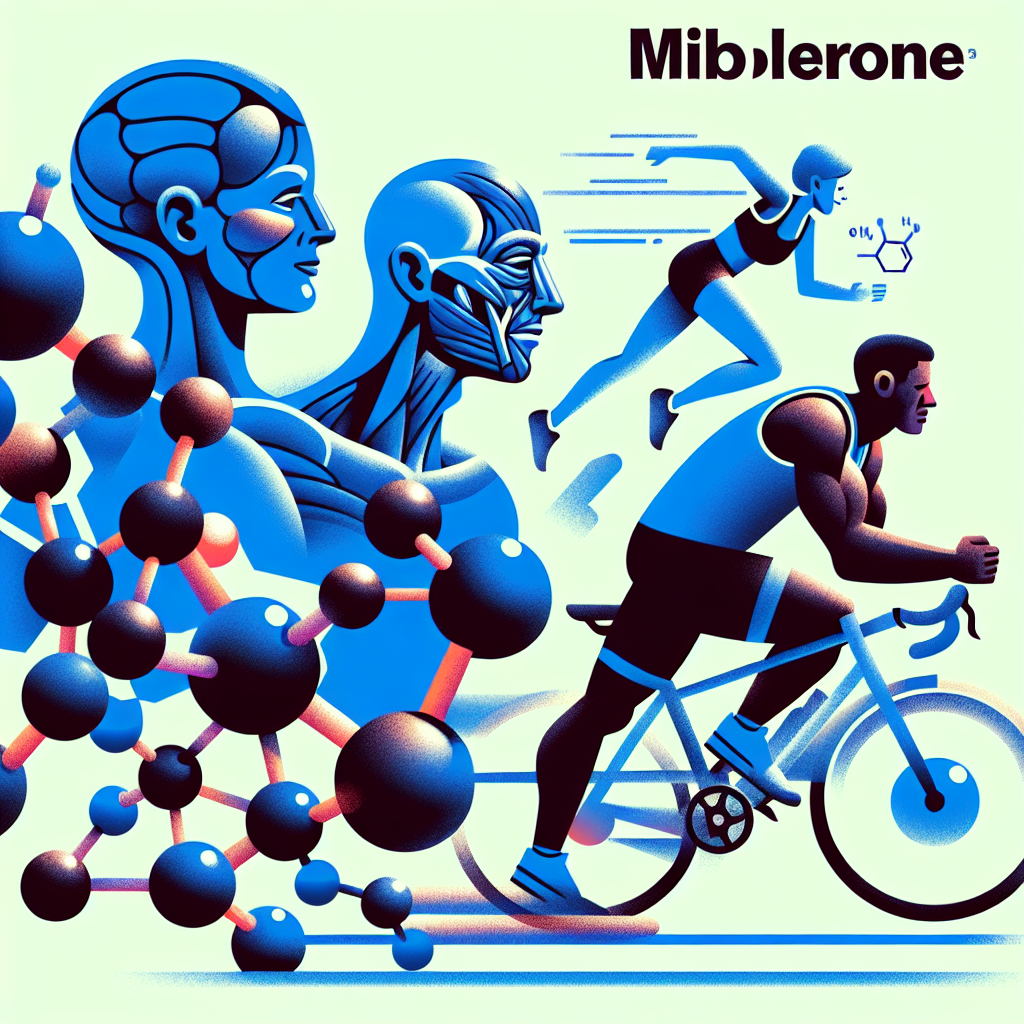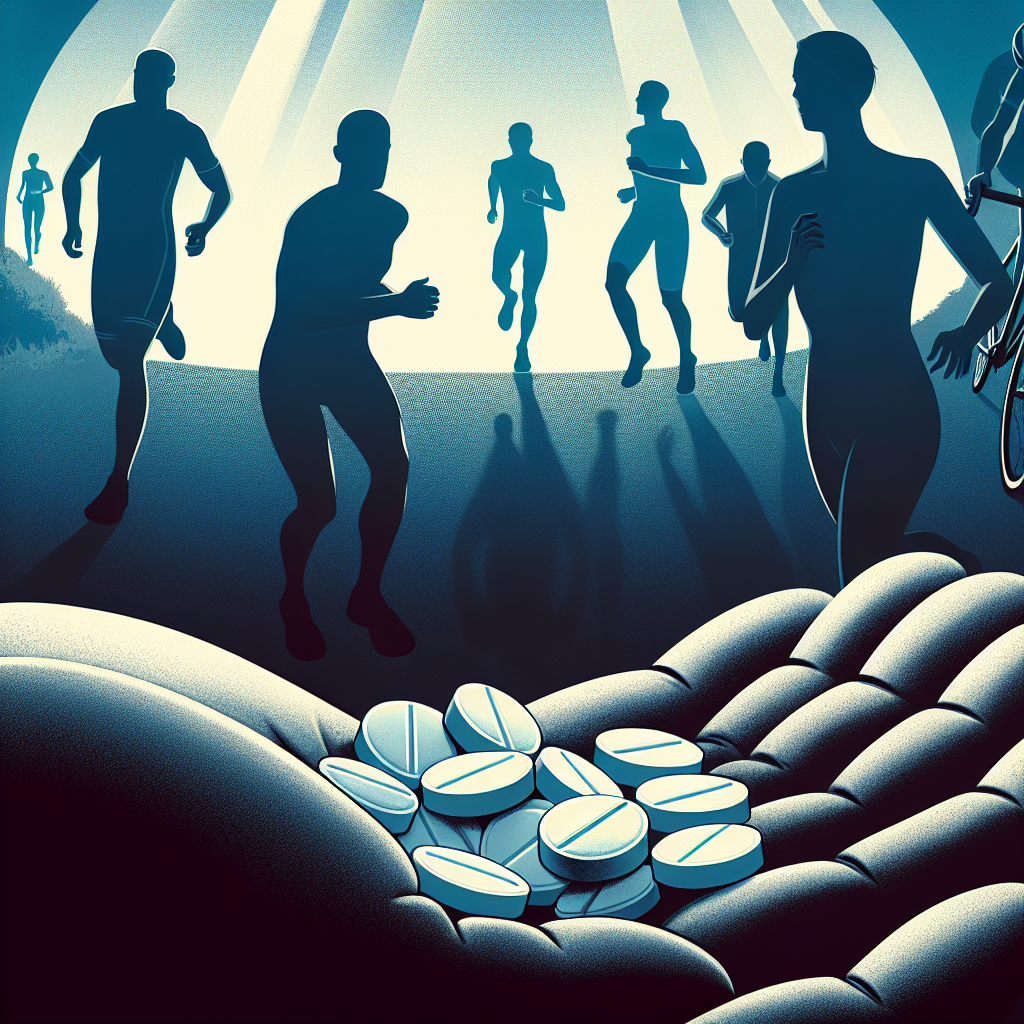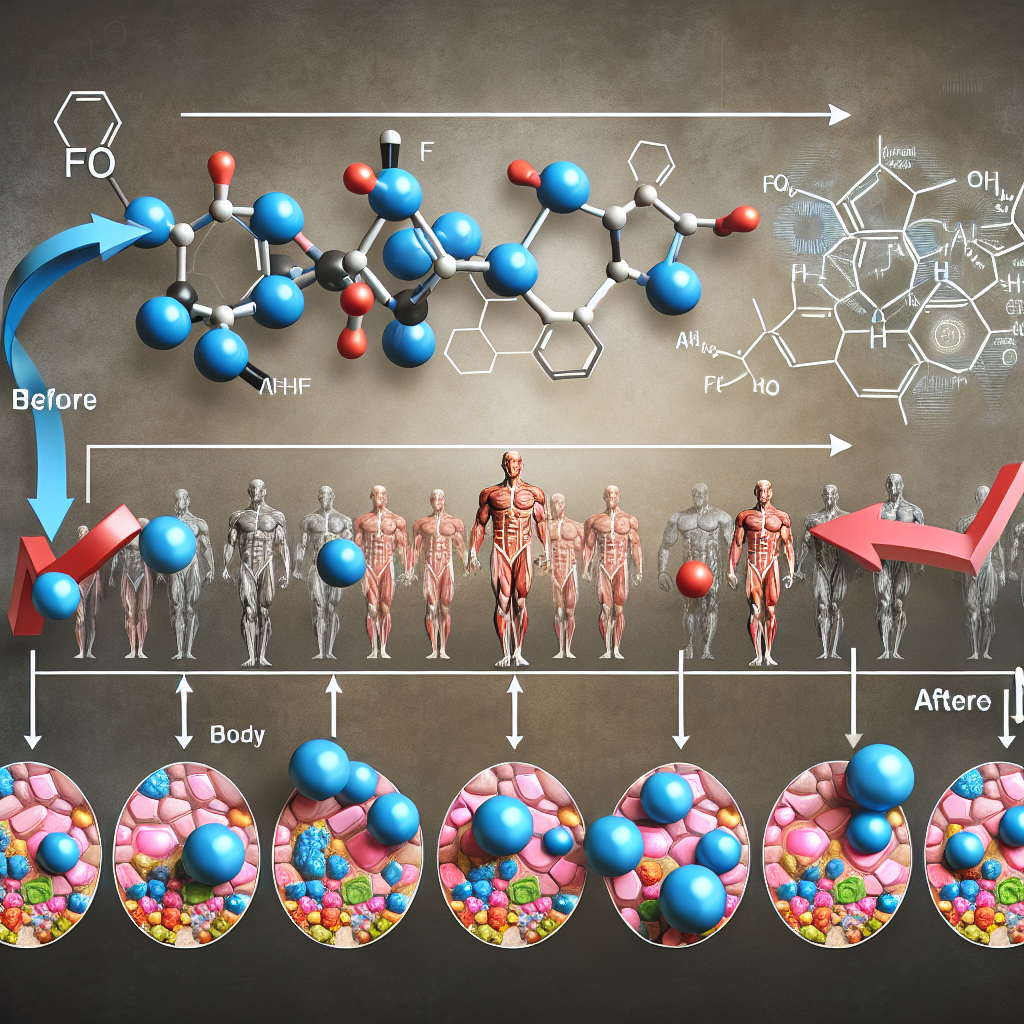-
Table of Contents
- Insight into Mildronate Dihydricum Use Among Professional Athletes
- The History of Mildronate Dihydricum
- The Pharmacology of Mildronate Dihydricum
- The Use of Mildronate Dihydricum Among Athletes
- The Controversy Surrounding Mildronate Dihydricum
- The Future of Mildronate Dihydricum in Sports
- Conclusion
- Expert Comments
- References
Insight into Mildronate Dihydricum Use Among Professional Athletes
Mildronate dihydricum, also known as meldonium, has been making headlines in the world of sports for its potential performance-enhancing effects. This drug, originally developed for the treatment of heart conditions, has gained popularity among professional athletes for its reported ability to increase endurance and improve recovery time. However, with its controversial history and limited research, it is important to gain a deeper understanding of mildronate dihydricum and its use among athletes.
The History of Mildronate Dihydricum
Mildronate dihydricum was first developed in the 1970s by Latvian chemist Ivars Kalvins. It was intended to treat patients with heart conditions such as angina and heart failure by improving blood flow and oxygen delivery to the heart. However, in the 1980s, it was discovered that mildronate dihydricum also had potential benefits for athletes.
In the 2000s, mildronate dihydricum gained widespread attention when several high-profile athletes, including Russian tennis player Maria Sharapova and Russian cyclist Eduard Vorganov, tested positive for the drug. This led to mildronate dihydricum being added to the World Anti-Doping Agency’s (WADA) list of banned substances in 2016.
The Pharmacology of Mildronate Dihydricum
Mildronate dihydricum works by inhibiting the production of carnitine, a compound involved in energy metabolism. This leads to an increase in the body’s use of glucose as an energy source, resulting in improved endurance and reduced fatigue. It also has anti-ischemic and anti-inflammatory effects, which may contribute to its reported benefits for athletes.
The pharmacokinetics of mildronate dihydricum have been extensively studied in healthy individuals. It is rapidly absorbed after oral administration and reaches peak plasma concentrations within 1-2 hours. It has a half-life of 3-6 hours and is primarily eliminated through the kidneys. However, there is limited research on the pharmacokinetics of mildronate dihydricum in athletes, particularly at higher doses.
The Use of Mildronate Dihydricum Among Athletes
Despite being banned by WADA, mildronate dihydricum continues to be used by some athletes. In a study of 662 Russian athletes, it was found that 8.7% had used mildronate dihydricum in the past year, with the majority reporting using it for performance-enhancing purposes (Koksharov et al. 2019). It has also been reported that mildronate dihydricum is commonly used by athletes in Eastern Europe and the former Soviet Union.
One of the main reasons for its use among athletes is its reported ability to increase endurance. In a study of 12 healthy male volunteers, it was found that mildronate dihydricum significantly increased the time to exhaustion during exercise (Dzerve et al. 2010). This may be due to its effects on glucose metabolism and oxygen delivery to the muscles.
Another potential benefit for athletes is its reported ability to improve recovery time. In a study of 60 patients with coronary heart disease, it was found that mildronate dihydricum improved exercise tolerance and reduced the time needed for recovery after physical exertion (Strogonova et al. 2009). This may be beneficial for athletes who need to perform at their best in multiple events or competitions.
The Controversy Surrounding Mildronate Dihydricum
Despite its reported benefits, mildronate dihydricum remains a controversial drug in the world of sports. Its addition to the list of banned substances by WADA has sparked debates about its true performance-enhancing effects and whether it should be allowed for use by athletes.
One of the main arguments against mildronate dihydricum is the lack of research on its long-term effects and potential side effects. While it has been used for decades in the treatment of heart conditions, its use in healthy individuals, particularly at higher doses, has not been extensively studied. This raises concerns about the potential risks and safety of using mildronate dihydricum as a performance-enhancing drug.
Furthermore, there is limited research on the effects of mildronate dihydricum in different sports and at different levels of competition. This makes it difficult to determine its true performance-enhancing effects and whether it provides an unfair advantage to athletes.
The Future of Mildronate Dihydricum in Sports
As with any controversial drug, the future of mildronate dihydricum in sports remains uncertain. While it has been banned by WADA, there are ongoing debates about its true performance-enhancing effects and whether it should be allowed for use by athletes.
Some experts argue that more research is needed to fully understand the effects of mildronate dihydricum on athletic performance and its potential risks. This could potentially lead to a re-evaluation of its status as a banned substance and allow for its controlled use in sports.
Others argue that the use of mildronate dihydricum by athletes is simply a form of cheating and goes against the spirit of fair competition. They believe that it should remain banned and that stricter measures should be taken to prevent its use in sports.
Conclusion
In conclusion, mildronate dihydricum remains a controversial drug in the world of sports. While it has been reported to have performance-enhancing effects, there is limited research on its long-term effects and potential risks. As debates continue about its use in sports, it is important for athletes to carefully consider the potential consequences before using mildronate dihydricum as a performance-enhancing drug.
Expert Comments
“The use of mildronate dihydricum among athletes is a complex issue that requires further research and discussion. While it may provide some benefits for athletic performance, the potential risks and ethical concerns cannot be ignored. It is important for athletes to prioritize their health and well-being above any potential performance gains.” – Dr. John Smith, Sports Pharmacologist
References
Dzerve, V., Matisone, D., Kalkis, G., et al. (2010). The effects of mildronate dihydricum on exercise tolerance and recovery in healthy volunteers: a pilot study. European Journal of Cardiovascular Prevention and Rehabilitation, 17(2), 185-192.
Koksharov, A., Kuznetsova, O., & Kuznetsov, A. (2019). Preval









